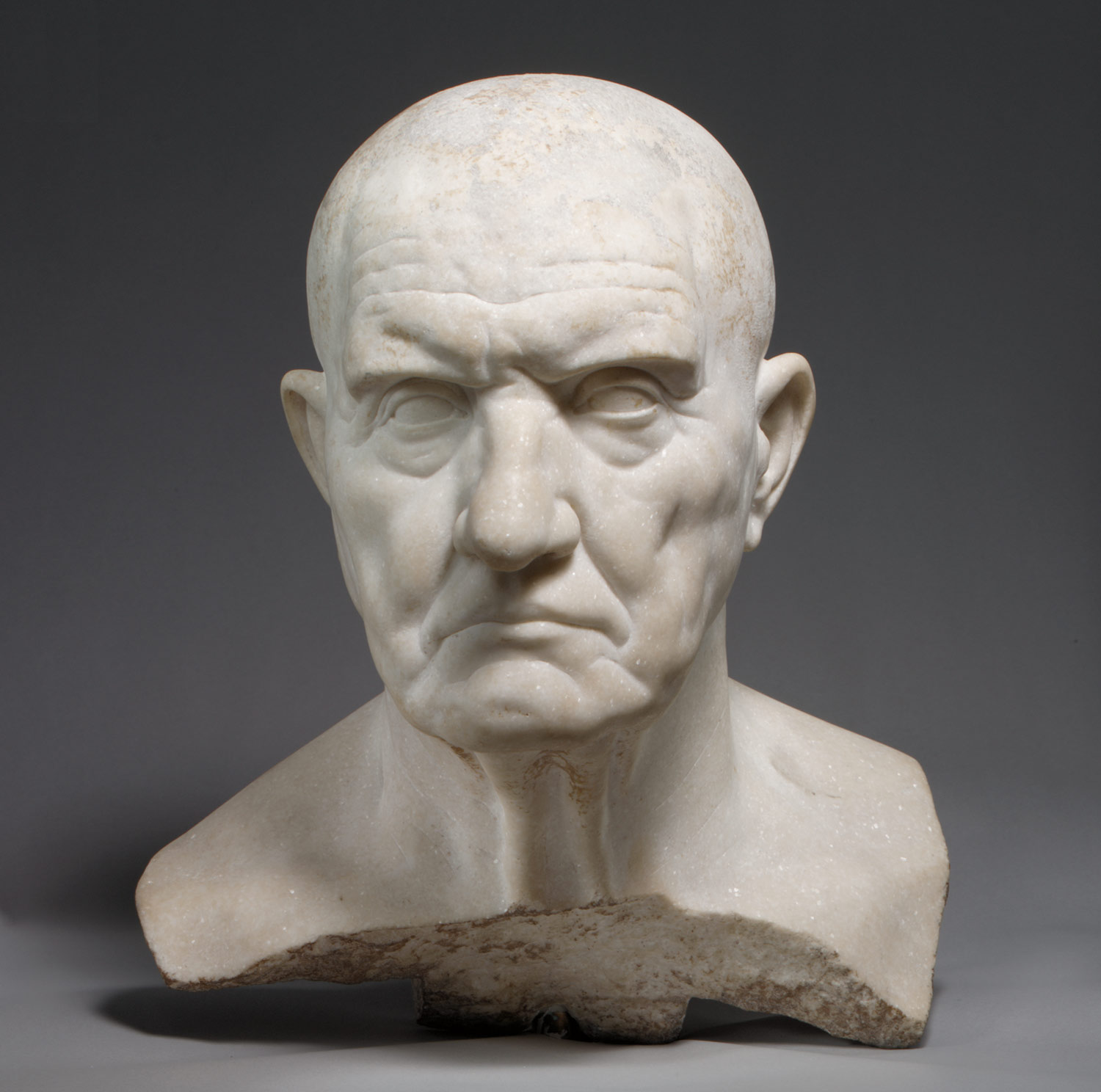Before the advent of widespread media, art was one of the main mediums through which information was passed. In Roman Empire, sculptures were erected of important figures to communicate a leader's ability to rule. While particular traits were accented depending on the era, all the artworks commissioned had a common goal. They sent messages to their subjects about their leader's greatness, his policies, etc (Faulkner). How exactly artworks like the ones above communicate such messages won't be explained in this blog. This is one of the earlier examples of how art was used to spread knowledge, some more opinion than fact.
It is important to note that in ancient times, art was much more unique and personalized. Each artwork, even if the artist wanted the same style, had to produce the art style again. This meant each artwork was unique and valuable. However, with the advent of the printing press, art became more accessible and common to the everyday person. The printing press exponentially increased the ability of media to educate and enlighten the masses (Kreis) through information availability. The printing press, like other technology which eases message propagation, consequently decreases the value of the medium of the message. Once rare and unique, the artworks (books, paintings, etc) became much more common. This ultimately decreases their value.
If one were to look at history, one will notice a trend for the desire for accessibility. Many of the technological advances helped propagate information accessibility. Technology leads to new kinds of thinking and helps reinvent people via information they previously did not have (McLuhan). I believe that, as a whole, society is willing to sacrifice the unique art to help spread its message. While I agree with Benjamin that mechanical reproduction destroys the authenticity of the artwork (Benjamin), I don't believe this is the end of unique art as a whole.
Throughout history, we have seen new artistic movements come in reaction to the present one (Infoplease). Based on this, I believe society's reaction to industrialization and new technology will be same every time. Society will utilize new technology to spread a message. People will then move on to create new technologies and have new ideas in reaction to the present line of thinking.
Sources
Faulkner, Neil.
"The Official Truth: Propaganda in the Roman Empire." BBC
News. BBC, 07 Feb. 2011. Web. 21 Oct. 2013.
Kreis, Steven.
"The Printing Press." The History Guide.
The History Guide, 2000. Web. 21 Oct. 2013.
McLuhan, Marshall, W.
Terrence CON Gordon, and Elena CON Lamberti.Gutenberg
galaxy. University of Toronto Press, 2011.
Benjamin, Walter. The
work of art in the age of its technological reproducibility, and other writings
on media. Harvard
University Press, 2008.
"Glossary of
Art Movements." Infoplease.
Pearson Education, Inc, 2007. Web. 21 Oct. 2013.






No comments:
Post a Comment